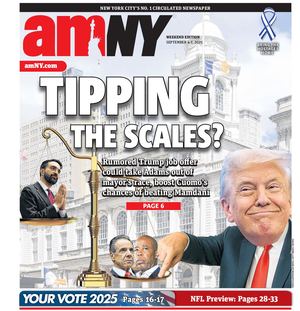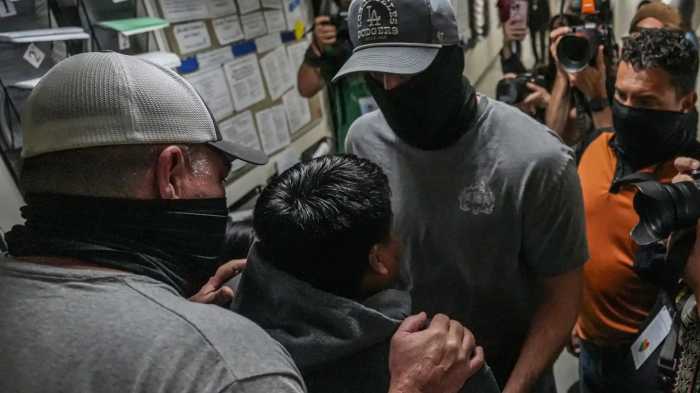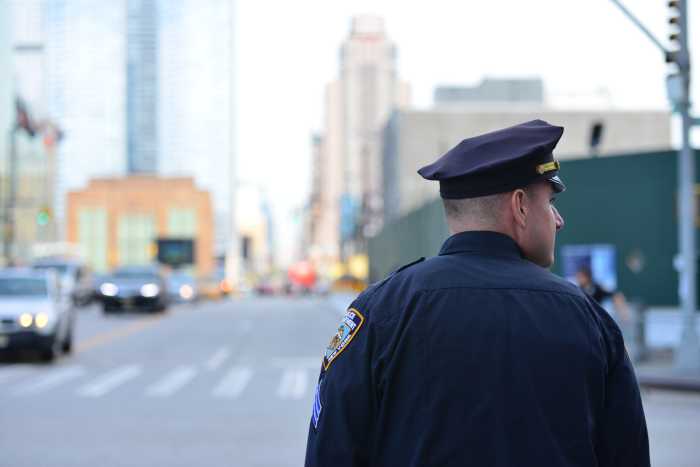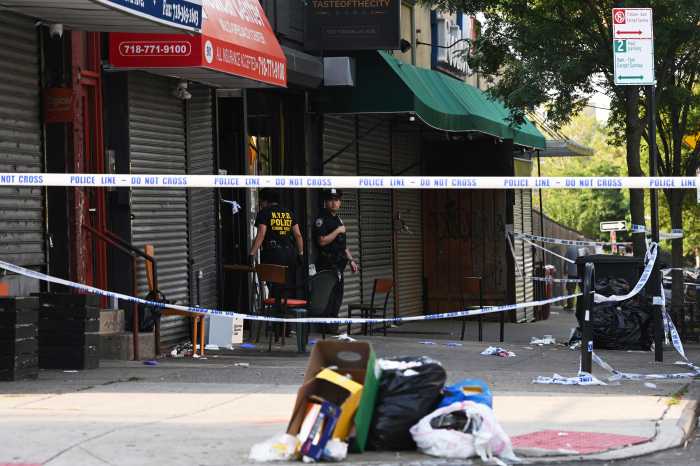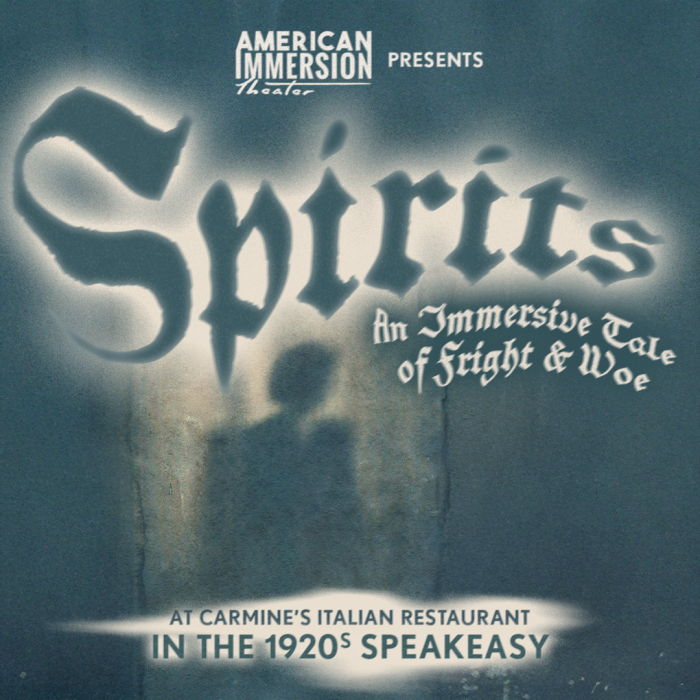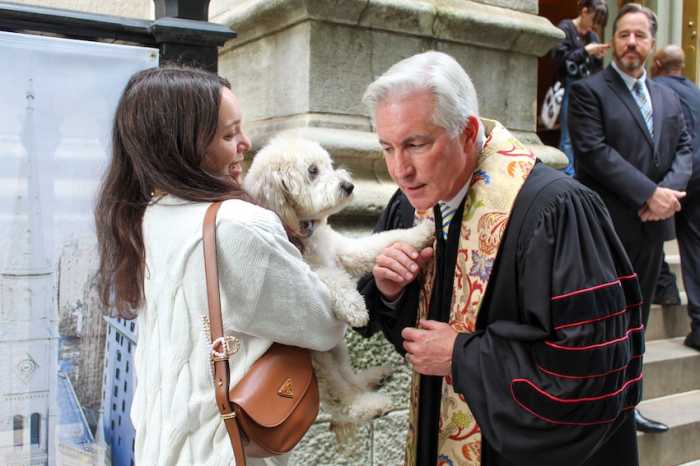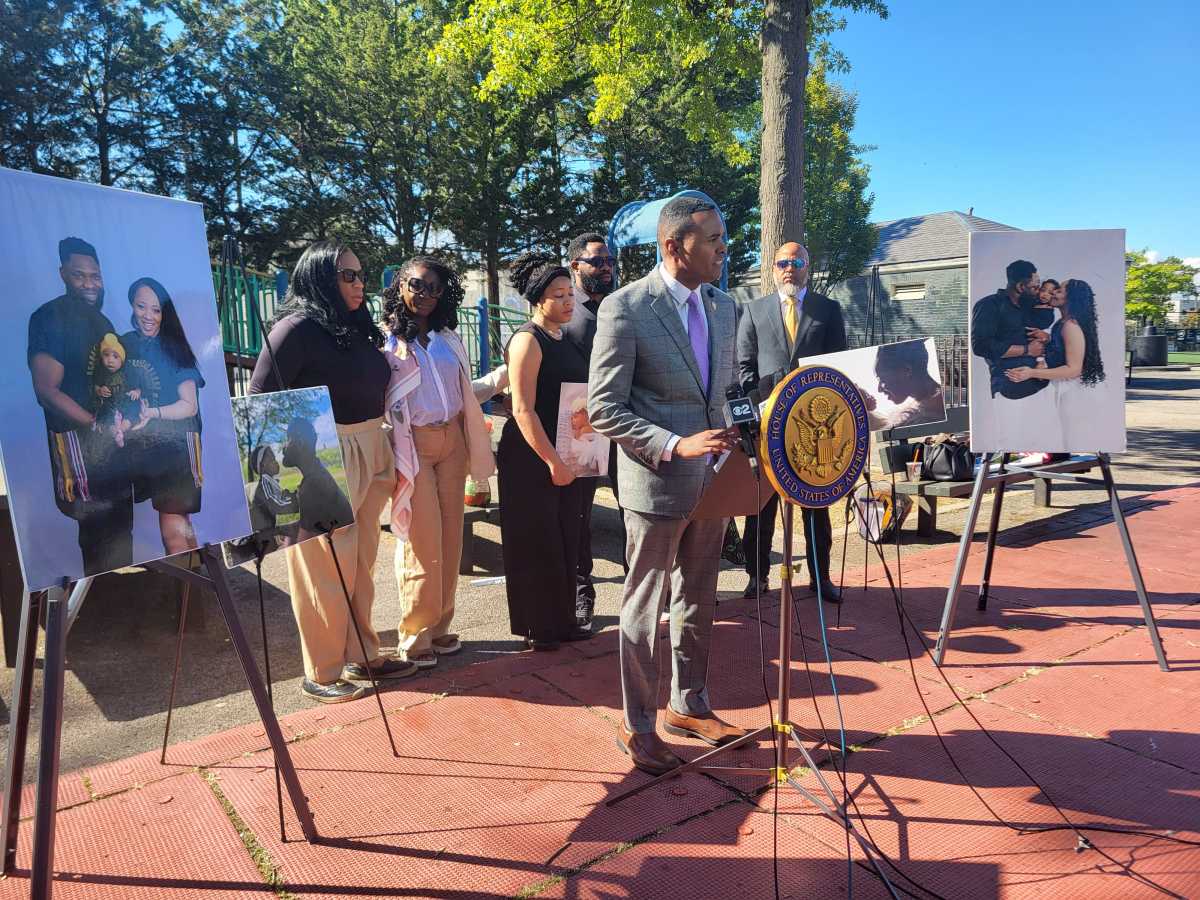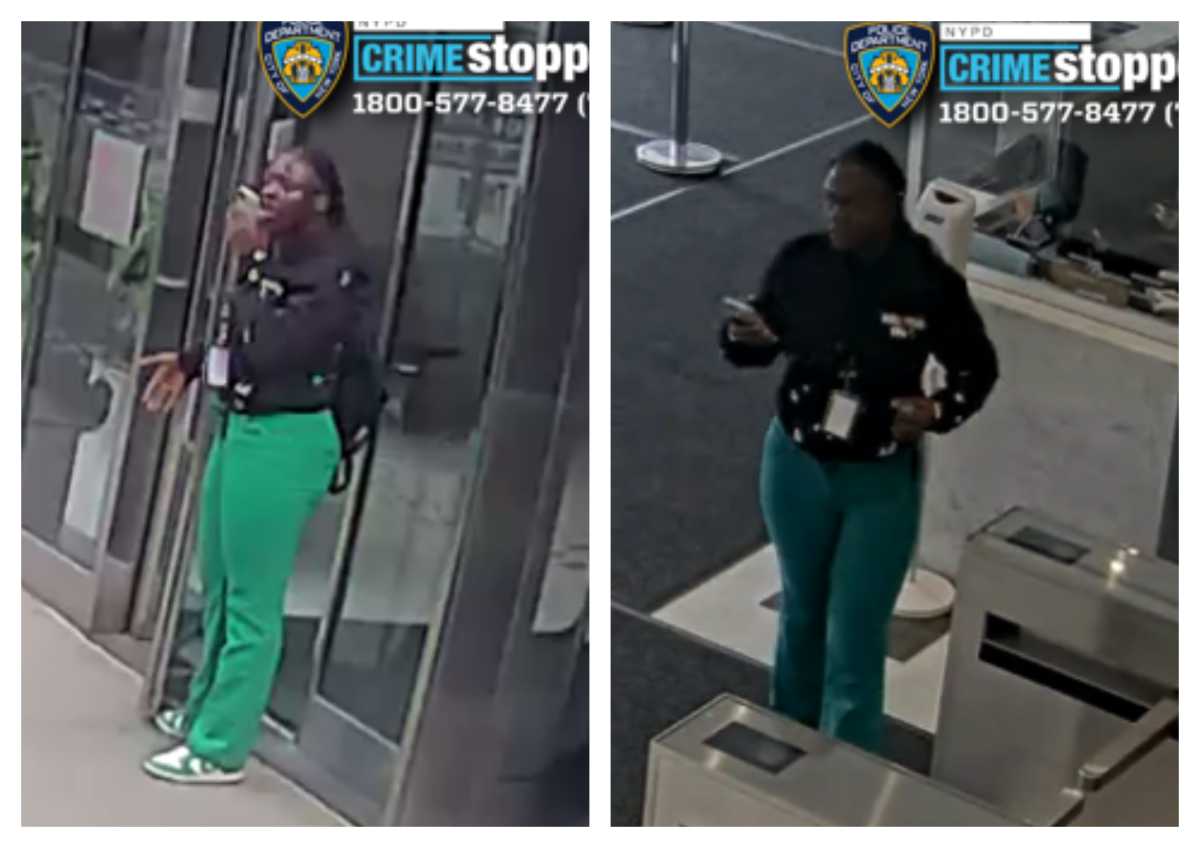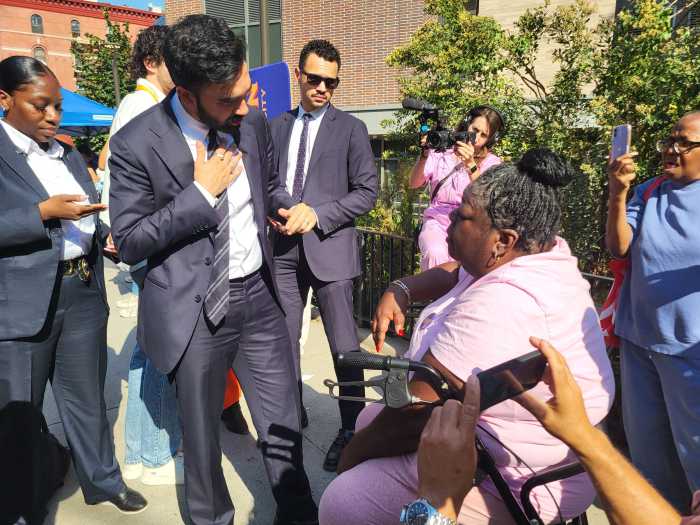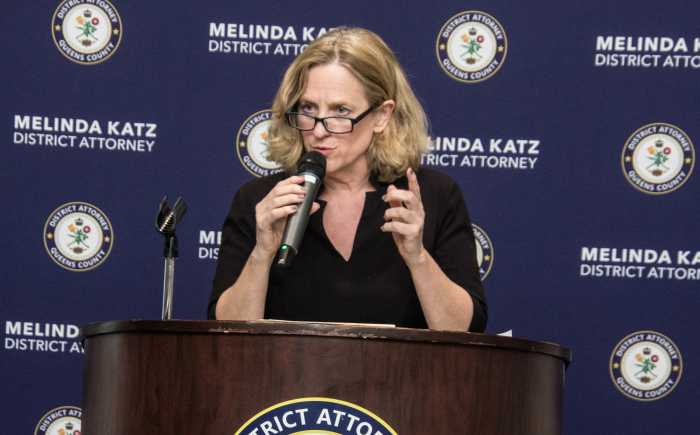-
 MYTH: Electing delegates by Senate districts that are gerrymandered to keep Republicans in control means the constitutional convention deck will be stacked in their favor.
MYTH: Electing delegates by Senate districts that are gerrymandered to keep Republicans in control means the constitutional convention deck will be stacked in their favor.
REALITY: This is absurd. Voters will elect 204 delegates — three from each of the Senate’s 63 districts plus 15 statewide. The GOP holds 31 Senate seats (the party maintains control with help from one Democrat who caucuses with them plus a group of breakaway Democrats). Some Democratic districts are heavily Democratic and could elect three Democratic delegates. Some Republican districts lean only slightly that way and Democrats could pick up one or even two delegates in those districts. Many minor parties across the political spectrum likely will field their own candidates, and true independents can run if they get the required number of signatures on their petitions. Campaigns are likely to be spirited, and mere citizens not bound by major party dictates could run and win. All of which means that in a state in which registered Democrats outnumber Republicans by more than 2 to 1, GOP control of a constitutional convention is unlikely.” data-id=”114455052″ data-link=”https://amnewyork.wpengine.com/wp-content/uploads/2019/10/12422_image.jpg” class=”wp-image-1.14455052″/>Photo Credit: Barry Sloan
By now, you’ve seen the lawn signs. Or the bumper stickers. Or the posts on Facebook.
And you’ve said to yourself: What’s a con-con?
You’re not alone. It’s election season, and you’ve stumbled into what might be the hottest issue on November’s ballot.
Con-con is shorthand for constitutional convention, a gathering of delegates from around New York State who would meet to revise the state constitution. Every 20 years, according to that constitution, New York voters must be asked whether they want to hold one. This is year 20.
What a moment it is. Voters are angry, for lots of reasons. Mostly they’re fed up with:
- government that no longer seems to work for them;
- big campaign donors getting favors from elected officials;
- lawmakers who use their influence to line their pockets;
- voting laws that protect incumbents;
- rules that make it difficult to cast a ballot, or to run for office without the backing of a party machine;
- and, perhaps most frustrating of all, a state government that refuses to address these ills or pass laws supported by most New Yorkers.
So voters become cynical and learn to distrust the system. And they drop out. Or, they look to rebel.
And now comes the prospect of a constitutional convention, a vehicle for a constituency ready for change.
At the moment, however, opponents of a convention are flooding the zone with political advertising. Some of their arguments are erroneous. Most are based on fear — the fear of the unknown. No one knows for sure what would happen in a constitutional convention, they say. And they’re right.
They prefer no change to the status quo, and would rather seek the change they want by continuing to work with a State Legislature that has refused to do just that. They are rejecting an opportunity to take the reins away from the corrupt status quo and purge the system of its rot. They’d rather deal with the devil they know, while acknowledging there are a lot of devils in Albany. And they have disingenuously rallied under the misleading banner of “New Yorkers Against Corruption.”
One victim of this heated rhetoric is the truth. There is a lot being said that is simply not fact. To make a good decision on whether to support a constitutional convention, one needs to understand what is myth and what is reality.
